Introduced 1935 | ||
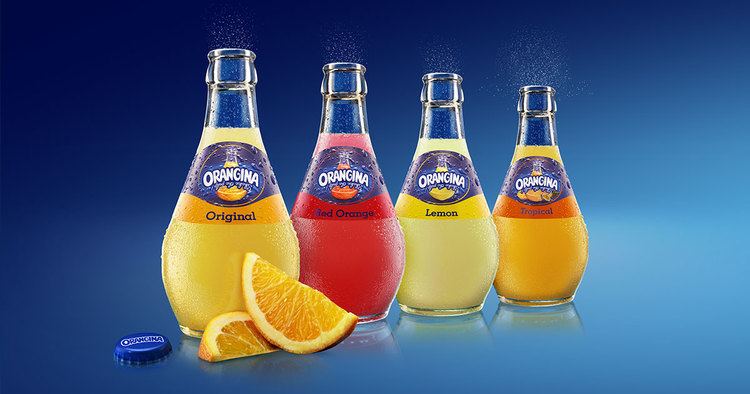 | ||
Website www.orangina.comwww.orangina.eu Similar Orange soft drink, Cola, Lemonade, Orange, Tonic water | ||
How to ferment orange juice into orangina
Orangina ([ɔʁɑ̃ʒina]) is a lightly carbonated beverage made from water and 12% citrus pulp (10% from concentrated orange, 2% from a combination of concentrated lemon, concentrated mandarin, and concentrated grapefruit juices).
Contents
- How to ferment orange juice into orangina
- au coeur du talent pisode 5 t gaillard orangina suntory b delmas suntory beverage food
- History
- North America
- Rest of the world
- Design
- Varieties
- Advertising
- Controversy
- References
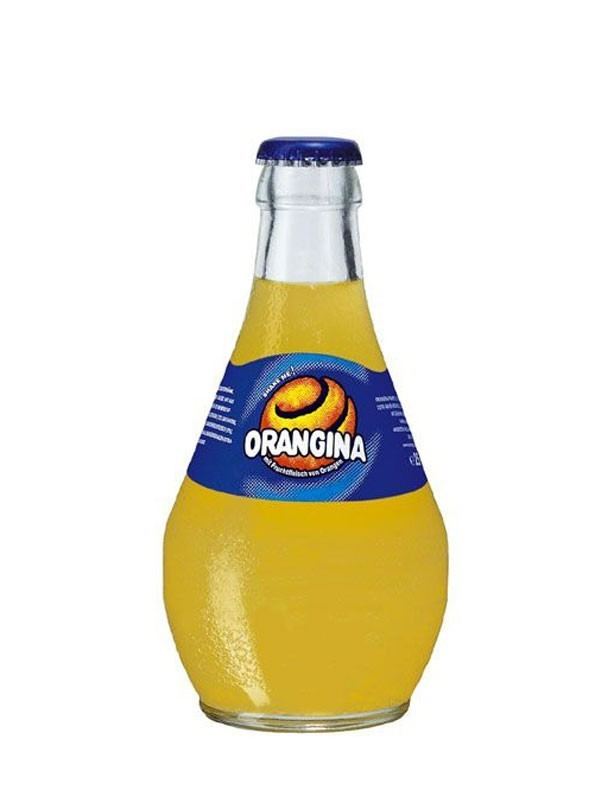
Orangina was invented at a trade fair in France, developed by Dr. Augustin Trigo Mirallès from Spain, and first sold in French Algeria by Léon Beton in 1935. Today it is a popular beverage in Europe, Japan, northern Africa, and to a lesser extent in North America.
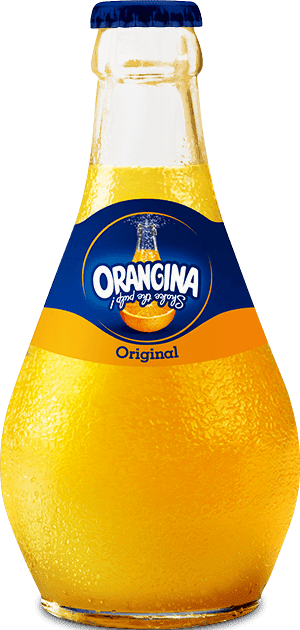
Since November 2009, Orangina has been owned by Suntory in most of the world. In the United States, the brand has been owned by the Dr Pepper Snapple Group since 2006. In Canada, the brand is owned by Canada Dry Motts Inc.
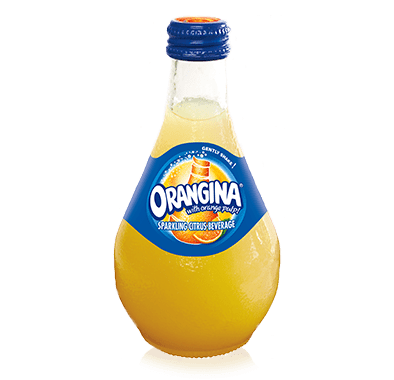
au coeur du talent pisode 5 t gaillard orangina suntory b delmas suntory beverage food
History
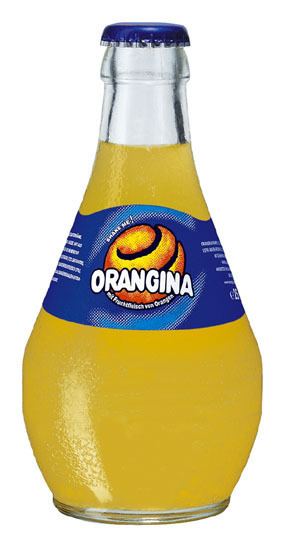
Drunk annually by 500 million consumers worldwide, the famous little round bottle was created in 1930 in Boufarik, in the south of Algiers. Production remained there until 1967, when it relocated to Marseille.

The famous soda is now known in several countries due to its special taste and its original advertising campaign especially the famous slogan « Shake Me. »
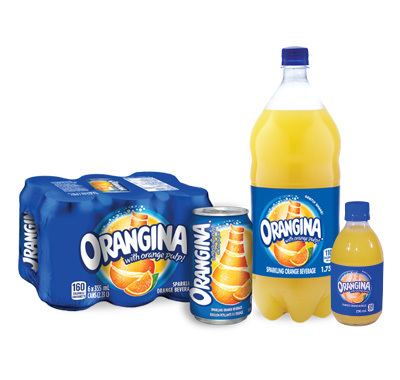
Orangina started as Naranjina, presented at the 1935 Marseille Trade Fair by its Spanish inventor, chemist Dr. Trigo, from Valencia, who invented it in 1933. The drink was created from a mix of citrus juice, sugar, and carbonated water. It was later called TriNaranjus (now, TriNa) for the Spanish market.

Léon Beton bought the concept and recipe for Naranjina in 1935. However, the outbreak of major conflicts, notably World War II, largely sidelined Léon Beton's attempts to market his drink in Europe.
His son, Jean-Claude Beton, took over the company from his father in 1947. Jean-Claude Beton kept most of the original recipe, which he marketed to appeal in European and North African consumers. Orangina quickly became a common beverage throughout French North Africa. In 1951, Jean-Claude Beton introduced Orangina's iconic signature 8-ounce bottle, which became a symbol of the brand. The bottle is shaped like an orange, with a glass texture designed to mimic the fruit.
Production was moved to the city of Marseille in metropolitan France in 1962 in the run-up to Algeria's independence. Orangina was first launched in the United States in 1978 under the brand name, Orelia, which was later reverted to Orangina. The company, created by Beton, joined the Pernod Ricard group in 1984.
In 2000, the Orangina brand was acquired by Cadbury Schweppes along with Pernod Ricard's other soda businesses, after an attempt to sell to Coca-Cola was blocked on anti-competitive grounds. In 2006 Cadbury plc decided to concentrate on the chocolate business and sought buyers for its soda business. As the number three soda producer globally, neither of the bigger two (Coca-Cola or PepsiCo) could buy it, so eventually the company was split up to sell.
North America
In the United States, the brand is owned by Dr Pepper Snapple Group Inc, created as a spin off of Cadbury Schweppes' former North American soft drinks business. The drink was introduced in the United States in 1978, under the name Orelia, but this name was abandoned in favor of the original in 1985. Orangina was originally produced for the North American market in Canada, but the operation was moved to Hialeah, Florida, United States, to be produced under license by Mott's LLP of Rye Brook, New York.
Production of Orangina has since moved back to Canada, as Mott's is now part of Dr Pepper Snapple. Orangina for the market in the United States is sweetened with high-fructose corn syrup, instead of regular sugar like original Orangina, while the product for the Canadian market is labeled as being sweetened with glucose fructose syrup, which is merely another name for high-fructose corn syrup. In Canada, Orangina is also imported by Canada Dry Motts from Europe.
Rest of the world
From 2006, private equity firms Blackstone Group and Lion Capital LLP owned the brand outside North America under the company name Orangina Schweppes. In November 2009, its ownership changed once again when it was bought by Japanese brewer Suntory.
In Great Britain, it was formerly manufactured under licence by A.G. Barr of Glasgow, most famous for Irn-Bru, however, this has recently been taken in-house by Suntory subsidiary Lucozade Ribena Suntory Orangina is produced in Vietnam by Fosters Vietnam under licence and is sold in Carrefour branches in Taiwan. It is produced in Iran by Shemshad Noosh Co.
Design
The brand's popularity derives both from its unique flavor and from the design of its 25 cl (8 oz) bottle made in the shape of a pear with a pebbly texture meant to recall the peel of an orange or other citrus fruit. Larger bottles also include the pebbly texture but use a more regular bottle shape rather than maintaining the proportions of the smaller bottles.
Varieties
New flavours have emerged in Europe including Orangina Sanguine which is made from blood oranges and also contains caffeine and guarana. It is significantly more sour than regular Orangina. Other flavours such as the series called "les givrés" (which can be translated as both "frosted" and "crazy") are also available in Europe, but rarely seen in North America. The sugar free variant "Miss O" was launched in the 2010s.
Advertising
In the movie The Transporter (2002), Jason Statham's character Frank Martin is seen purchasing Orangina from a vending machine, He then offers some to Lai Kwai, his unexpected captive.
In 2010, a gay friendly commercial aired in France, shortly after a McDonald’s France advertisement featuring a gay teenager was shown on television.
In 2015, an Orangina cinematic commercial was created by Hobby Films and directed by Vesa Manninen
Controversy
In 2008, a commercial featuring anthropomorphic animals (such as a deer, a bear, peacocks, and chameleons) in swimsuits, caused outrage in the United Kingdom, for its sexually suggestive content. In the video, the animals gyrate around poles, spray the drink onto the breasts of other animals, and ride bottles which then explode. The advert had already had forty five seconds of more provocative footage cut, and was only to be shown after the 9 o'clock watershed, initially during a programme titled How to Look Good Naked.
Kidscape, a children's charity based in the country, criticised the advert, saying, "Orangina is a drink which is mainly aimed at children and young people, but this new advert places the product in a very sexualised and provocative context". The advert was also awarded "Freakiest Advert of 2008", and was seventh place in "Worst TV Ad of 2008".
Others claim that Orangina is not targeted just at children and is also a "leading adult soft drink" and that the advertisement is intended to create controversy and thus free publicity. Meanwhile, the advert has proven rather popular, with three million online viewings as of 8 April 2008.
